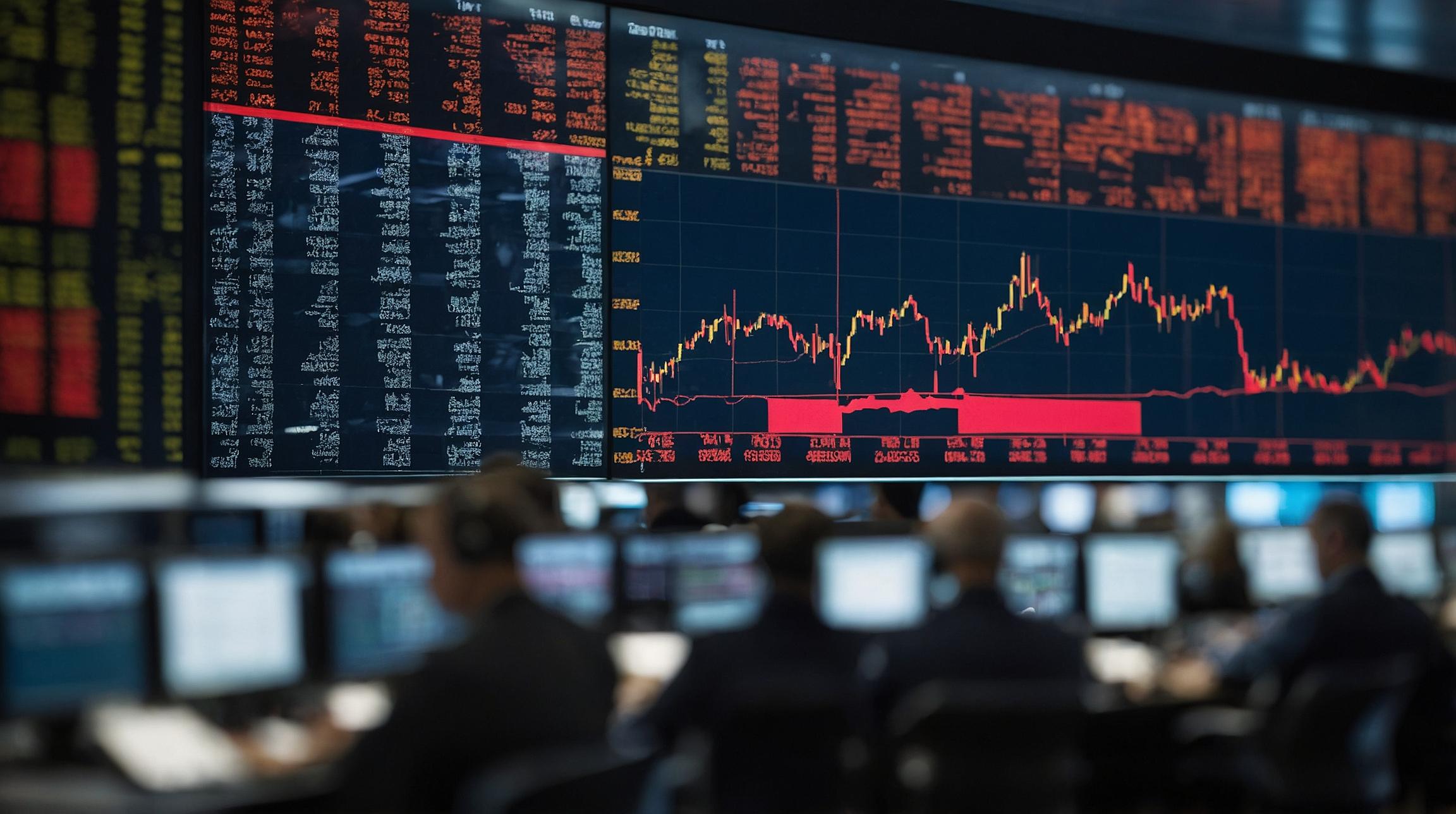The Rise of Bitcoin ETFs: A Look at Global Performance
Bitcoin is off to a banging start in 2024, as traders in the U.S. await the SEC’s approval of the first true Bitcoin ETF in the United States, undoubtedly the crypto industry’s most elusive goal over the last decade.
But Bitcoin ETFs are, in fact, not new. They’ve been trading around the world for years. Even in the Americas, ETFs and crypto-based mutual funds are all over the place, and things have turned out pretty well for these markets: no economic collapse, no anarchy, and no threats to sacred principles of democracy, despite what some lawmakers and regulators in the U.S. might say about crypto. Instead, trading activity around these alternative assets have brought some life back to markets that suffered from the pains of a global pandemic.
From Brazil and Chile to American neighbors to the north in Canada, investors in these markets have been dipping their toes into the future for some time with several cryptocurrency ETFs. And these markets offer a sneak peek at what U.S. investors might expect when a Bitcoin ETF finally hits U.S. soil.
Crypto ETFs in Brazil: High-Fliers and Niche Struggles
Crypto ETFs on Brazil’s B3 exchange have seen a mixed bag of returns over the past year. The top performers were funds tracking heavyweight cryptocurrencies like Bitcoin and Ethereum. The QBTC11 ETF, tied to the Bitcoin price through the CME CF Bitcoin Reference Rate index, skyrocketed with gains of 145% in 2023. The BITI11 and BITH11 funds, linked to the Bloomberg Galaxy Bitcoin Index and Nasdaq Bitcoin Reference Price respectively, posted similarly staggering returns over 100% last year.
Meanwhile, more niche crypto ETFs struggled to keep up. The NFTS11 ETF plummeted 45.71%, anchored to the MVIS CryptoCompare Media & Entertainment Leaders Index which covers NFT and metaverse coins like Axie Shards, The Sandbox, Blur, and Apecoin. The META11 fund eked out a minor 0.37% decline, tied to a composite index of metaverse and crypto culture coins like Apecoin, Decentraland, Shiba Inu, Polygon, and Ethereum.
In total, Brazil’s exchange now hosts 13 crypto ETFs with over $285 million in assets under management. Trading activity has been brisk, with leading ETFs seeing daily volumes between $10 million and $725 million.
While still a small slice of the overall asset pie in Brazil, these funds have injected a shot of adrenaline into Brazil’s ETF market. Investors are chasing blockbuster returns from high-flying cryptos, while issuers race to bring more niche options to market. Relative to other markets throughout the world, Brazil has really rolled out the red carpet for crypto ETFs.
HASH11, Brazil’s first crypto ETF, is currently the second-most traded ETF in the country, falling only behind IVVB11, which tracks the S&P 500. BOVA11, which tracks Brazil’s stock market (Bovespa), ranks third in the B3’s list.
Chile’s Measured Approach to Crypto ETFs
While Brazil races ahead with a wide array of crypto ETFs, Chile is taking a more measured approach to this digital asset class. In March 2021, the Santiago Stock Exchange welcomed its first Bitcoin ETF: the Purpose Bitcoin ETF from Canadian issuer Purpose Investments.
This pioneering fund trades in U.S. dollars under the ticker BTCCL and directly holds Bitcoin. By tracking actual Bitcoin instead of derivatives, it offers a transparent way to gain exposure. But with just one crypto ETF available so far, Chile is dipping its toes into these waters rather than diving in headfirst.
The ETF achieved over $1 billion in assets under management only two weeks after launch.
Besides BTCCL, Chileans have the option to trade Brazil’s HASH11, though not as an ETF but as an investment fund which uses HASH11 shares as the underlying assets. This is a workaround that makes it easier to get regulatory approval while still providing the security that institutional investors look for.
By the end of 2023, this fund reported over $145 million in assets under management.
Canada’s Dominance in Cryptocurrency ETFs
Canadians are also more crypto-friendly than Americans when it comes to trading crypto ETFs. Since the approval of the first one in early 2021, these ETFs have allowed investors to participate in the digital currency market through traditional investment accounts, including tax-free savings accounts or registered retirement savings plans, making them attractive for long-term investments and tax efficiency.
Canadian cryptocurrency ETFs, notably the Purpose Bitcoin ETF ($1.6 billion in assets) and Purpose Ether ETF ($237 million in assets), offer streamlined access to major digital currencies. The Evolve Ether ETF, with $61.75 million, Evolve Bitcoin ETF, with $144 million in assets, and the Evolve Cryptocurrencies ETF at $28.6 million, diversify options for Ethereum and combined crypto exposure.
On the lower fee end, the CI Galaxy Bitcoin ETF and Ethereum ETF manage $410 million and $94 million, respectively, attracting investors with a minimal 0.4% fee. Similarly, Fidelity’s Advantage Bitcoin and Ether ETFs, holding $140 million and $2 million, respectively, provide trusted, low-cost entry points into the cryptocurrency market.
Also, the 3iQ CoinShares Ether ETF and 3iQ CoinShares Bitcoin ETF are available for retail investors handling $53 million and $38 million, respectively.
The Potential Impact of Bitcoin ETFs in the United States
Cryptocurrency ETFs are changing the way individuals interact with digital currencies, offering a bridge between traditional finance and the wild west world that many associate with crypto. For those unfamiliar with the tech-heavy terminology of blockchains and digital wallets, these funds provide a simpler way to invest in cryptocurrencies. They package the complexity of crypto into a familiar structure—much like traditional stocks—making them accessible to a wider audience.
And this is why many people are bullish about the approval of a Bitcoin ETF in the United States. A pure Bitcoin ETF requires that the issuer manage the underlying asset and not a derivative, which differentiates spot Bitcoin ETFs from the Bitcoin futures ETFs that currently trade in the U.S. market.
That has the potential to have a significant impact on Bitcoin and cryptomarkets as a whole. In theory, all the non-tech-savvy investors trading shares of a Bitcoin ETF would now be indirectly part of the BTC ecosystem, making it less prone to manipulation due to the larger market size. And then there’s the expectations about the asset’s scarcity.
There’s only so much Bitcoin to go around. If there’s strong demand for Bitcoin ETF shares in the U.S., then this buying pressure will make BTC more scarce because ETF issuers must hold a similar value in the underlying asset. And considering the United States has the most active stock market in the world, we’re talking about a potentially major impact on the coin’s liquidity. And that’s on top of the Bitcoin halving, expected in April, which further limits the issuance of new Bitcoin every four years (roughly) as BTC miner rewards are cut in half.
As regulations become clearer and technologies more robust, we can expect to see broader acceptance and proliferation of these funds. For investors, staying educated and cautious is key; for regulators, balancing innovation with protection is crucial. Perhaps that’s why the SEC has dragged its feet for 10 years. But with Bitcoin ETFs now seemingly set to start trading in the U.S., the impact could change the course of the digital asset market.
Disclaimer:
The views and opinions expressed by the author are for informational purposes only and do not constitute financial, investment, or other advice.
Analyst comment
Positive news: The rise of Bitcoin ETFs globally has brought life back to markets and injected excitement into the ETF industry. Brazil and Canada have seen significant success with crypto ETFs, while Chile is slowly entering the market. The potential approval of a Bitcoin ETF in the U.S. can have a major impact on the market, increasing liquidity and potentially affecting Bitcoin’s scarcity. As regulations become clearer, the acceptance and proliferation of these funds are likely to grow.













